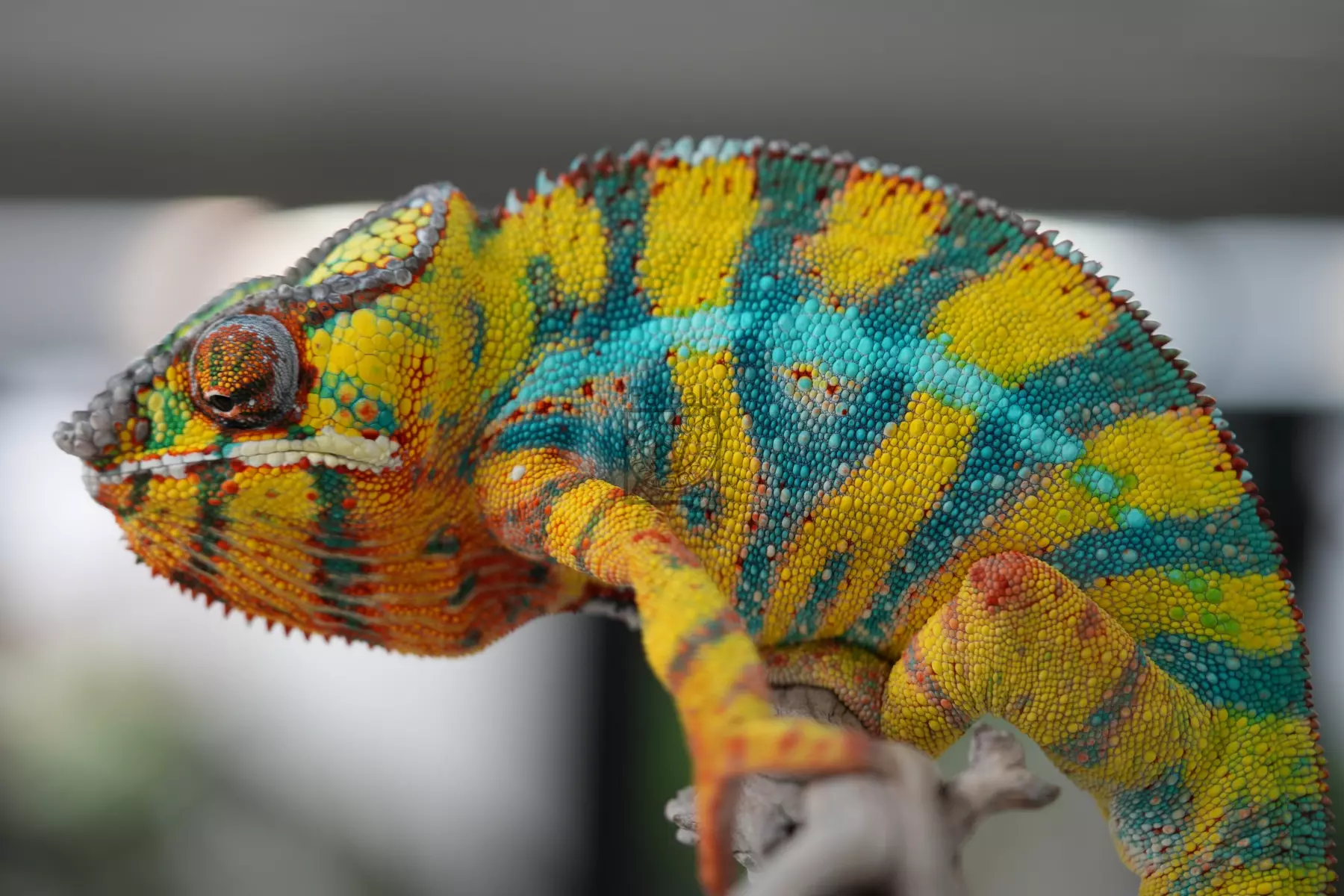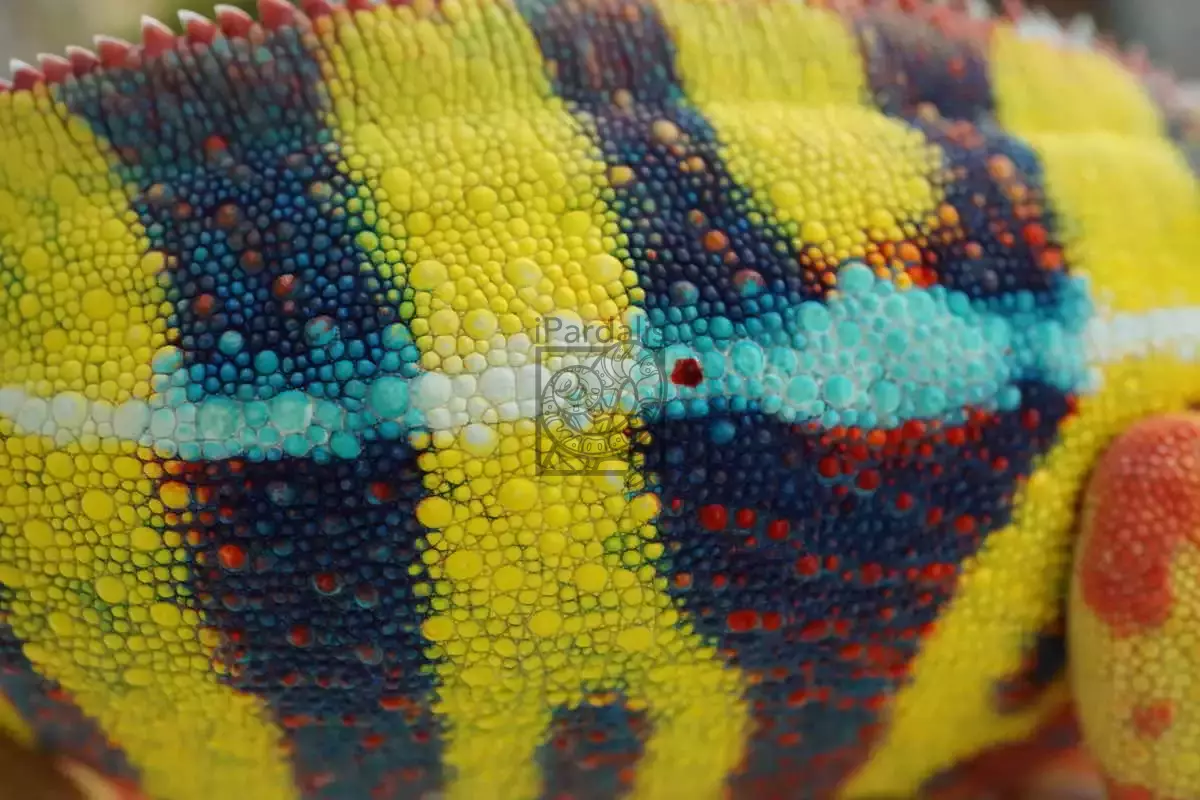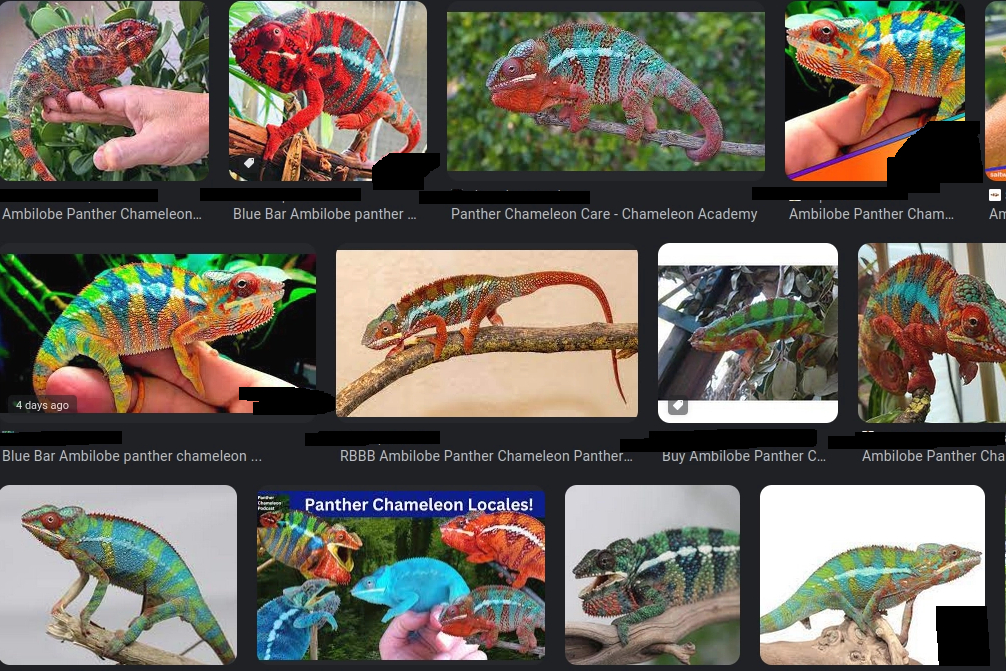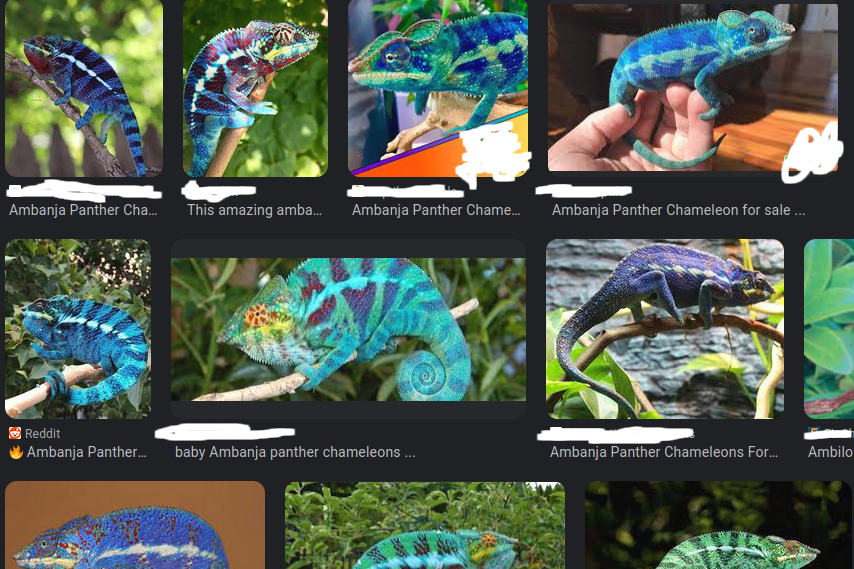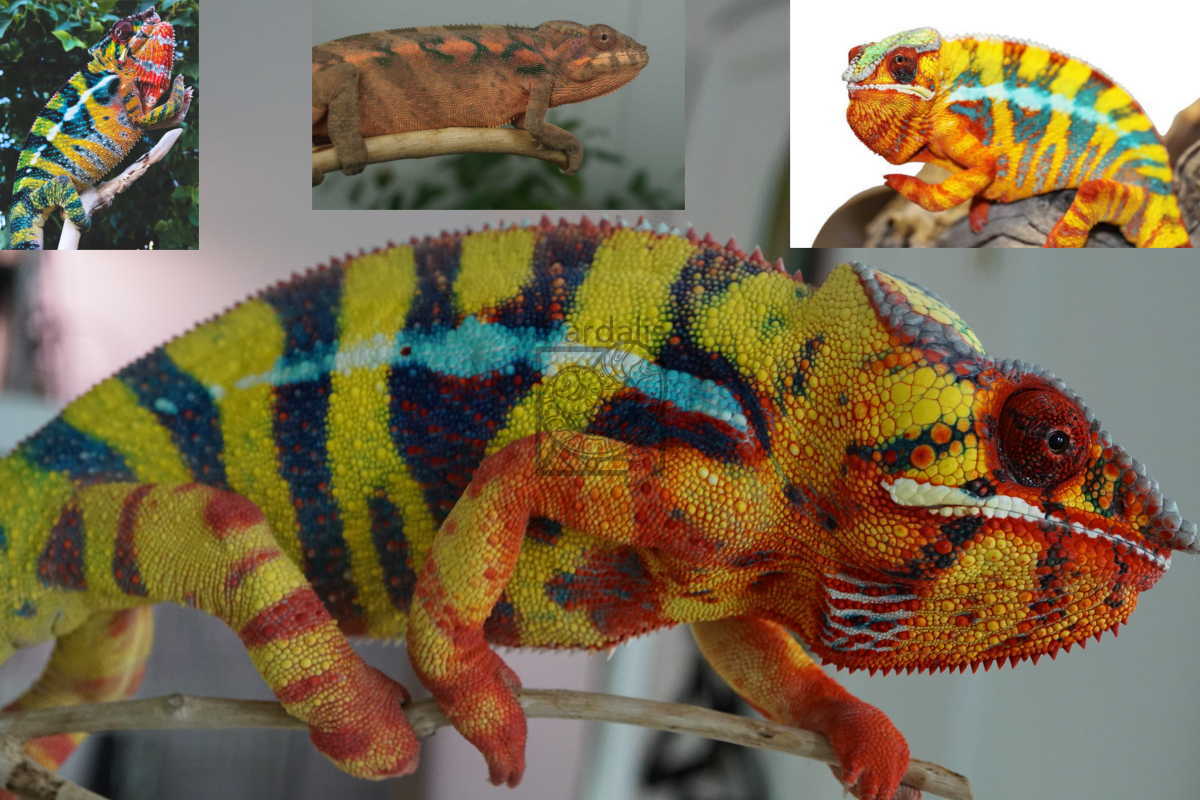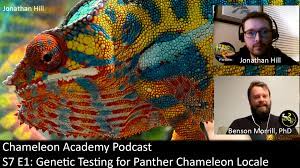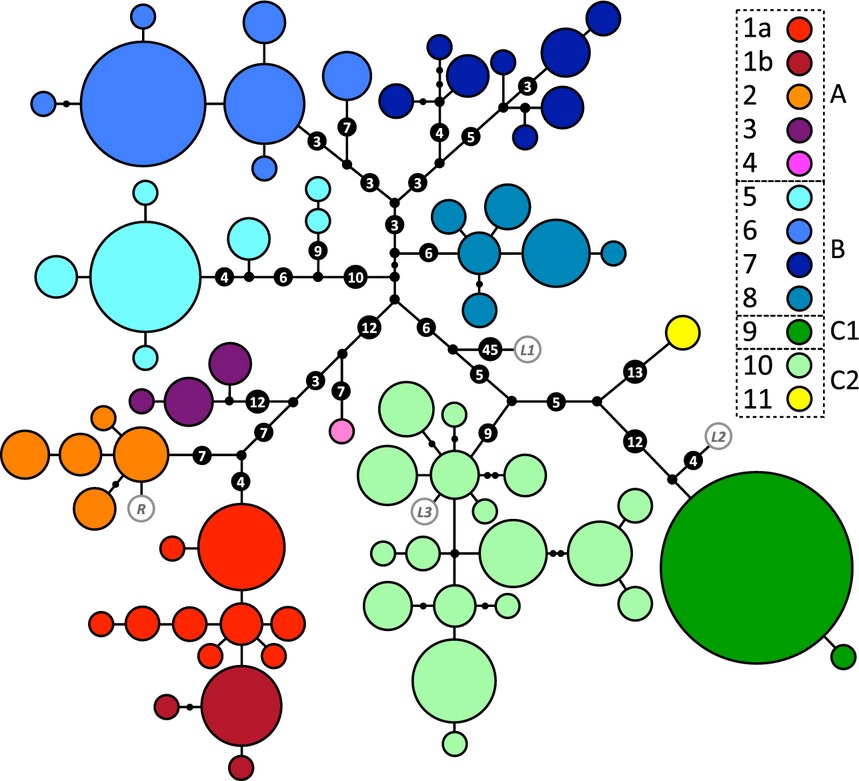Complete Guide to Ambilobe Panther Chameleons
This article discusses captive-bred Ambilobe Panther Chameleons (Furcifer pardalis) in the United States. It is a complex story which begins with the discovery of ‘Picasso’ Panther Chameleons by Olaf Pronk in the early 2000s and …

